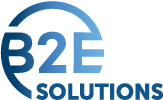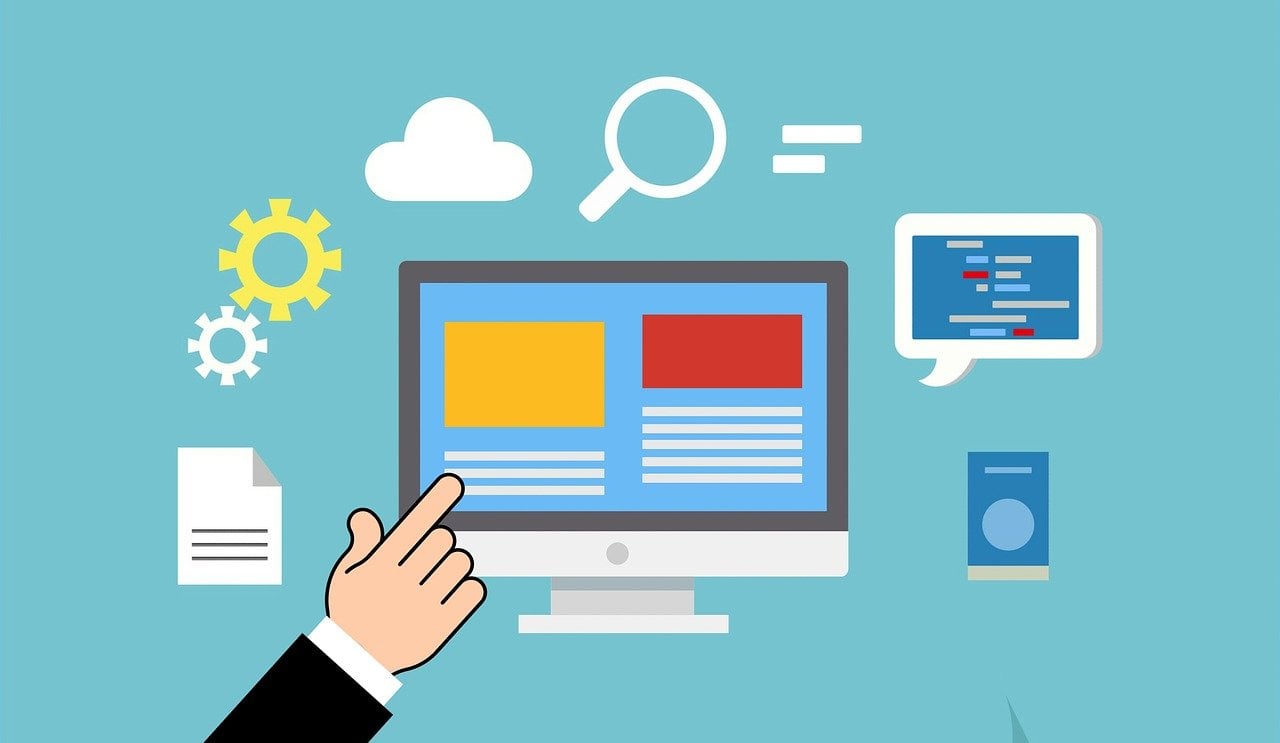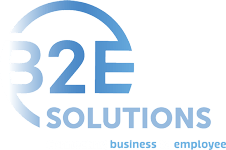Nobody understands the complexity of HR in the manufacturing sector better than your own colleagues in the field. When a peer shares strategic insight or simply lends an empathetic ear, it’s reassuring to know you are not alone.
It is with this sentiment in mind that we hosted a series of roundtable discussions designed for manufacturers to connect, collaborate, problem-solve and identify tactical HR strategies for success.
These roundtables, combined with hundreds of client and partner conversations we’ve had over the years, have made one thing very clear: There are realistic strategies that can help manufacturers succeed at every single stage of the employee lifecycle.
Here’s what we learned, organized by five key employee lifecycle stages — recruitment, hiring, development, retention and separation.
HR strategies for recruitment
Finding and attracting top talent requires a strategic, dynamic and proactive approach. Roundtable participants emphasized leveraging digital tools like LinkedIn, Indeed and even Sales Navigator (repurposed for talent searches) to source manufacturing candidates efficiently. However, they also stressed that lead generation needs to be followed up with thorough vetting. There is no shortcut for background and reference checks, as they are essential to avoid mismatches and costly rehiring.
Diversifying recruitment channels was another major theme: agencies, job boards, career fairs, schools with apprenticeship programs and employee referrals were highlighted as high-impact sources. Some creative, out-of-the-box places to find top talent mentioned include recruiting boomerang employees, hosting events and building your reputation through strategic company branding.
Human capital management (HCM) technology was also discussed as playing a pivotal role. HCM platforms, like UKG Ready, streamline recruitment by effectively helping you source, track and evaluate talent, ensuring you can hire the best people for your organization (and easily segue them from applicant to employee in the HCM system).
The consensus on recruitment is that there isn’t one singular way to get the right people through the door. While technology enhances recruitment, it’s the human touch and persistent engagement that secure lasting, high-performing employees.
HR strategies for hiring
Finding the right candidate is only the first step. Effective onboarding sets the tone for an employee’s entire experience with your organization.
Roundtable participants emphasized the importance of automating administrative tasks where possible during onboarding so HR teams can commit themselves to more active involvement with new hires.
One solution that frees up precious time is to leverage an onboarding checklist (ideally within your HCM system) that lets employees know step-by-step exactly what they need to do, whether that includes filling out an I-9 form, completing a training module or more. A practical and individualized checklist is key, as it keeps the new hire on track, creates a positive experience and boosts HR team efficiency.
A strong HCM system, like UKG Ready, simplifies the new-hire onboarding process. Preboarding, orientation, training, administrative and compliance setup are all tracked and organized. Subsequently, HR has more time to handle organizational acclimation by making a new employee feel welcome. Imagine how much more at ease you’d feel with a personal tour, key personnel introductions and maybe even a lunch companion on your first day.
Appropriately, one of the roundtables was dedicated to time theft. While time theft may seem like a funny topic to bring up while talking about onboarding, it helps illustrate a bigger point that all roundtable participants were in agreement about — Expectations must be set early and often during onboarding.
Issues like time theft may not always be intentional. Sometimes they are a problem because policies and expectations weren’t clear to employees from the beginning. Excessive personal time, unapproved overtime, clock-in or clock-out discrepancies, and beyond, are some examples of costly issues that could be avoided with proper onboarding communication and follow through.
The takeaway? Provide managers with the tools they need to hold their employees accountable, but make sure employees also understand expectations in the first place.
HR strategies for employee development
Employee development was another theme that surfaced during our roundtable sessions. Perhaps that’s because manufacturing HR professionals know that the greatest assets in any given organization are the employees already on the team.
There was strong consent that development is more than just training. It’s about cultivating good habits, improving efficiency and setting employees on a path for long-term career growth. By fostering a culture of continuous learning and accountability, manufacturers can build stronger teams — and most critically — develop future leaders. And of course, “future leaders” take many forms, whether that’s an executive-track employee, a well-respected and tenured factory worker or a shift supervisor that leads by example and manages with consistency and fairness.
Participants also agreed that modern HCM systems, like UKG Ready, play a crucial role in this process. These platforms allow employers to track employee skills, certifications and credentials. They support a formalized and organized performance review process and allow you to track employee incidents (yes, that includes the good stuff too). Additionally, they help you identify the best career paths for employees by leveraging data to easily evaluate employees based on performance, potential risk and impact of loss. Essentially, employees put in the work — and you have the tools and recordkeeping to prove, accelerate and support what they are doing.
By combining structured training, policy reinforcement and the right HCM tools, companies can create a workforce that is not only skilled and efficient but also prepared for long-term success.
HR strategies for retention
Fostering corporate goodwill is certainly one of the most fun and rewarding parts about being in HR. An overarching principle the roundtable hit upon was that cultivating a positive company culture was more impactful than increasing wages. And, we heard some inventive ways manufacturing operations are reducing turnover and boosting retention.
A word that surfaced a few times in the roundtables was “morale,” which everyone agreed doesn’t get handed out; it needs to be earned. Gathering employee feedback through surveys shows workers their opinions matter, especially when incentives encourage participation. Simply hearing what the team has to say makes them feel more valued as individuals.
Another key strategy discussed was flexible scheduling, including nontraditional shifts (e.g., 5–7 a.m. start times) or four-day workweeks with 10-hour days, to help employees balance work and personal life. Naturally, this can all be managed with a robust HCM platform such as UKG Ready that allows you to set system rules to ensure employees stay within the scheduling parameters you specify.
There were several firsthand accounts of company-wide events that employees looked forward to: luncheons, cook-offs or other seasonal outings. Summertime can be a big time to up retention efforts in creative ways too. These events could be a springboard for individual recognition (e.g., gift card rewards for employees with perfect attendance to reinforce positive behavior). The most unique example was the butchering and distribution of meat to employees, one perk mentioned by a manufacturer with an employee base that loves to hunt.
It appears as though a healthy mix of engagement initiatives includes flexible policies, employee recognition and events. The right HCM technology can facilitate this wide spectrum of needs by simplifying benefits administration, improving communication through in-system features and ensuring a smooth experience for both employees and employers. In return, manufacturers can create a workplace where employees feel valued.
HR strategies for separation
The payoff for separation strategies aren’t as immediate as other stages in the employee lifecycle. So it’s understandable that hiring, maintaining and developing employees take up the lion’s share of HR’s time. Decades of experience with manufacturers has shown time and time again that a separation strategy is crucial. At a minimum, you can strengthen your employer brand. And, in the best cases, you can future-proof your workforce.
Using an HCM system with an offboarding checklist ensures nothing falls through the cracks. As we know all too well, compliance requirements exist well after an employee exits the company.
Nonetheless, the biggest opportunity lies in leveraging every separation strategically:
- Exit interviews provide critical insights to improve retention and workplace culture. The interview isn’t just about that one employee; it can be a snapshot of your entire operation.
- Honorable sendoffs for retirees or long-term employees foster goodwill and brand advocacy, signaling to employees that you respect and value their loyalty.
- Boomerang employees are more likely to rejoin if they leave on positive terms. They are also more likely to be ambassadors and advocates for your organization.
It’s essential to keep in mind that offboarding is more than just an HR formality. Treat these occasions as a chance to learn, maintain relationships and build alumni advocates. Companies with effective offboarding strategies can turn departures into long-term advantages.
A dynamic, holistic approach
If there’s one thing all HR representatives in manufacturing can agree upon, it’s that great employees are worth keeping. Workforce trends keep changing and many factors may feel out of your hands. That said, there will never be a substitution for a dynamic, holistic approach to boost recruitment, retention and employee growth.
And, it all begins before an employee’s first day.
Our roundtables revealed that employee retention strategies exist on a spectrum, from deeply personal approaches to systematic solutions. The key is finding the right balance between human connection and technological efficiency. That's where an HCM solution like UKG Ready adds value. It handles the automated tasks and streamlines everything from communications to compliance, benefits, payroll, timekeeping, recordkeeping and more so you can focus on what matters most — the human touch in HR strategy.
Like any great HR department, at B2E Solutions we value feedback and an open dialogue. Do you have questions about how UKG Ready can help you take your HR strategies for manufacturing success to the next level? Contact us today.










